Housing body urges ‘ramp up’ of cost rental properties
The Chief Operations Officer at Tuath Housing has said there is a need to “ramp up social and cost rental supply” to provide security for the next generation.
Bronagh D’Arcy said decisions taken in this year’s budget will be “critical” as the Approved Housing Body released its annual report today.
It emphasises that demand continues to far outstrip supply, with middle-income families in particular left without affordable and secure options.
Tuath Housing is one of the approved housing bodies tasked with supporting individuals and families by providing social housing and cost rental units.
Last year it delivered almost 2,500 new homes with a capital spend of €571 million.
Following the latest release of cost rental units at Folkstown Park in Balbriggan in Co Dublin, Ms D’Arcy described the consistent demand for cost rentals.
“To give an example for this scheme here we had over 2,800 applicants for 50 properties, so if you think of the demand in terms of one scheme you can see that there is an absolute demand for more properties like this,” she said.
Cost rental homes were introduced in late 2021 to address one part of a severe housing crisis. The model specifically targets individuals and families with incomes that are too high for social housing but still too low to purchase or rent suitable private market homes.
The fundamental concept of cost rental is that you are renting a home, not buying it, and the rent is affordable because it is based on the costs of building, managing, and maintaining the home, rather than market demand. It also offers long term security of tenure.
“The average rents are 30% below market which gives any resident a chance to potentially save for something for the future in their own home or remain a lifelong tenant,” Ms D’Arcy said.
She outlined the importance of the assessment process to see if people can qualify – with a net household income of €66,000 or under per annum in Dublin and €59,000 elsewhere – and after that it is a computerised lottery system that decides who will secure a property under this scheme.
Tuath Housing’s focus on the need to scale up comes as newly built developments allocated to social housing will increase to a mandatory 20% in 2026. This will include provision for affordable and cost rental housing also.
“With the Government’s new allocations plans that would give us more scope in particular areas to do something different in terms of allocations,” said Ms D’Arcy, “but for the moment we have a lottery system so it really is luck of the draw.”
Tuath Housing Chief Executive Sean O’Connor said he wants to see reforms accelerated that would move the Approved Housing Bodies sector off the State’s balance sheet, “in line with EU norms”.
“This would enable increased capital investment and unlock long-term funding from sources such as ethical pension funds,” he said.
He wants to see housing supply increase “to at least the European average, saying that it is way below this at the minute.
“I think report after report, including the Housing Commission’s, says a big problem will be solved with the increased supply of affordable and social housing,” he added.
He is concerned, however, that an “awful lot of people are living in the private rental sector and are only there because of HAP and that is possibly holding up rent levels when we want to see gentle decline in rents.”
A wider concern across the sector is that some measures introduced to benefit one cohort are creating challenges for others who feel they are being locked out of an already squeezed market.
Mr O’Connor does not dismiss the worries of some first-time buyers who are already finding it difficult to get on the property ladder as more social and cost rental units are in the pipeline for new developments.
“It is a horrible situation. There is not enough housing and you hear horror stories. My eldest has emigrated to Australia as he sees no hope of buying a home here and that is the ultimate aspiration,” he said.
However, he is also clear that one aspect is “being missed” as he believes that most people who are going into social or cost rentals are exiting the private rental sector.
“When they exit that home, it is either coming back to be available for private rent or going to market to be sold. There is a trade-off benefit here which is often missed,” he added.
He states that “regardless of a fairness element, we are providing homes for people who can’t provide for themselves.”
Mr O’Connor is also resolute about the overall solution to Ireland’s housing problem.
“The answer is to increase supply. The Government understands that. It has been understood for 10 years, that is our problem but it is not our only problem. There is no point in increasing supply without trying to mitigate price rises,” he said.
He highlights one particular area that needs intense scrutiny.
“I’d like to see the Government have a laser focus on the cost of production. We need to bring down the cost of production. We need to make these homes cheaper and produce more,” he added.
Article Source – Housing body urges ‘ramp up’ of cost rental properties
